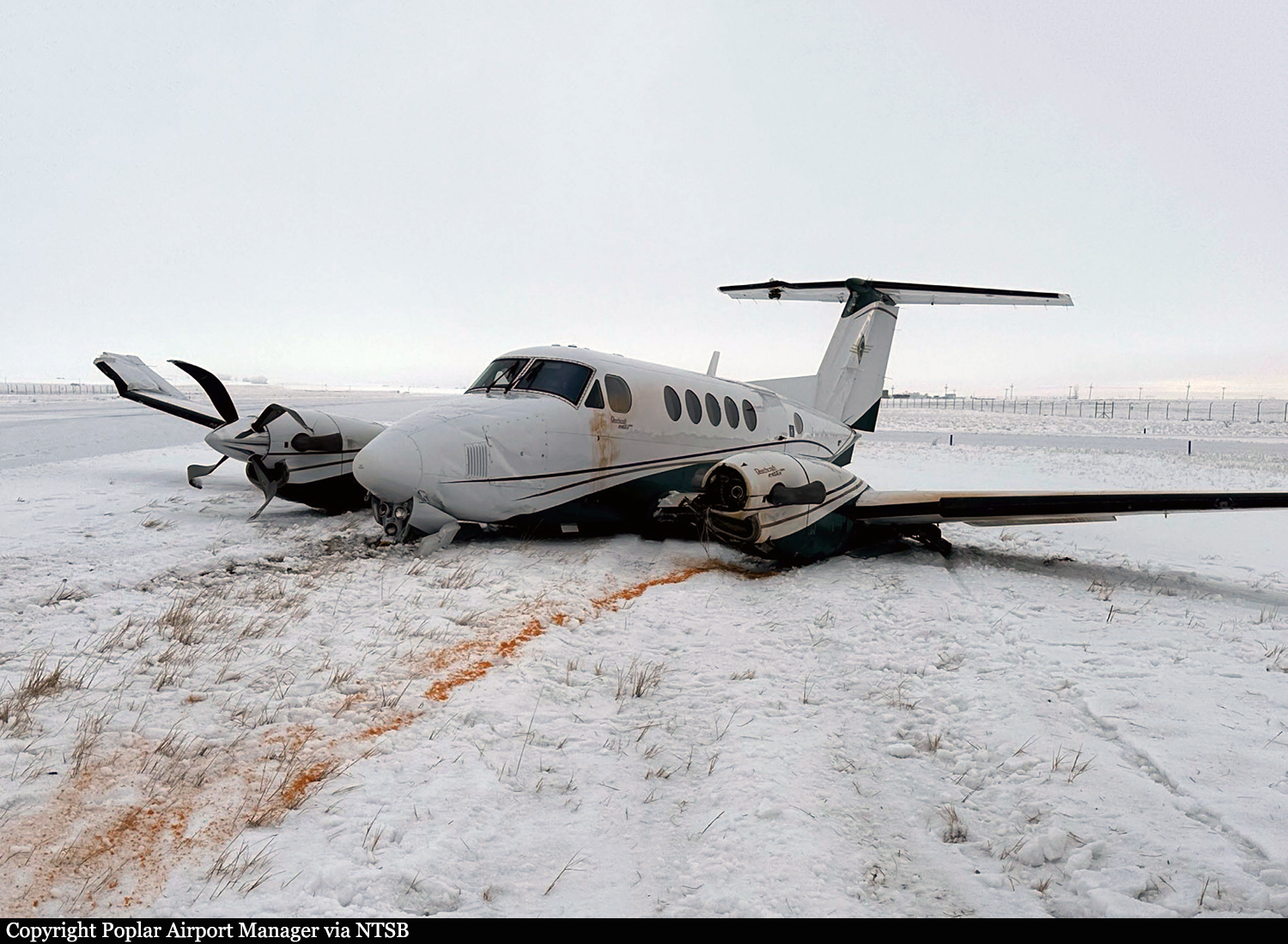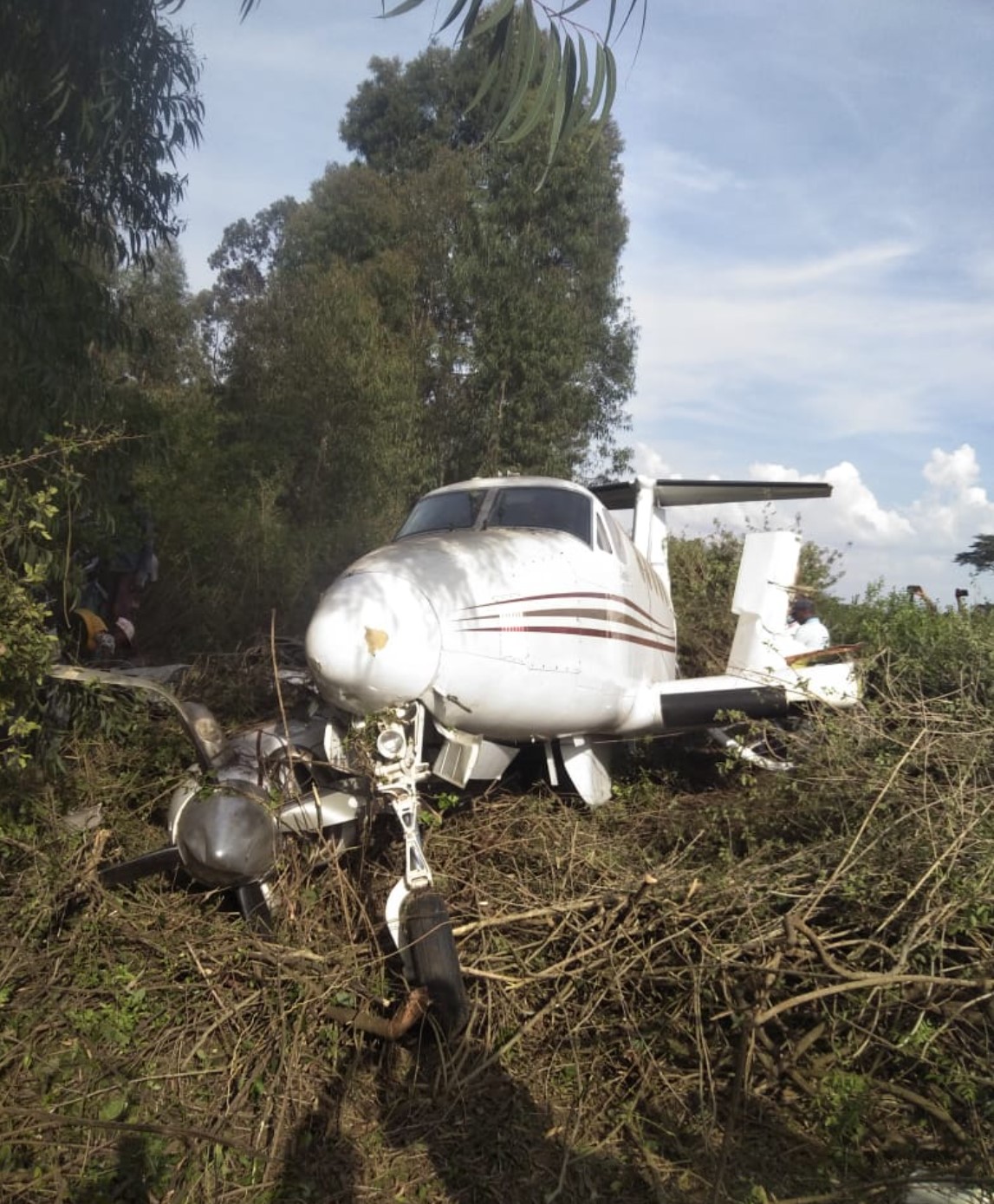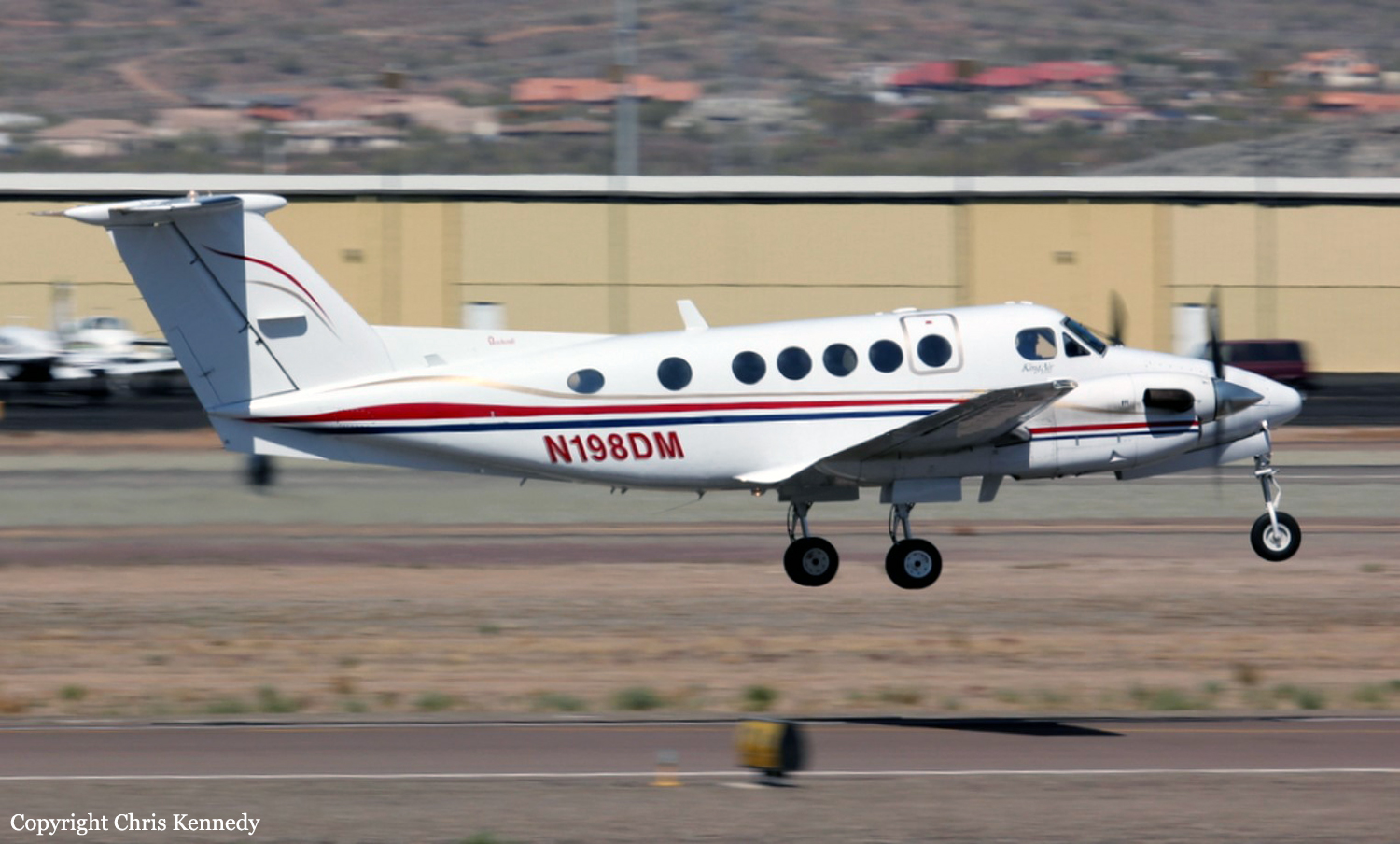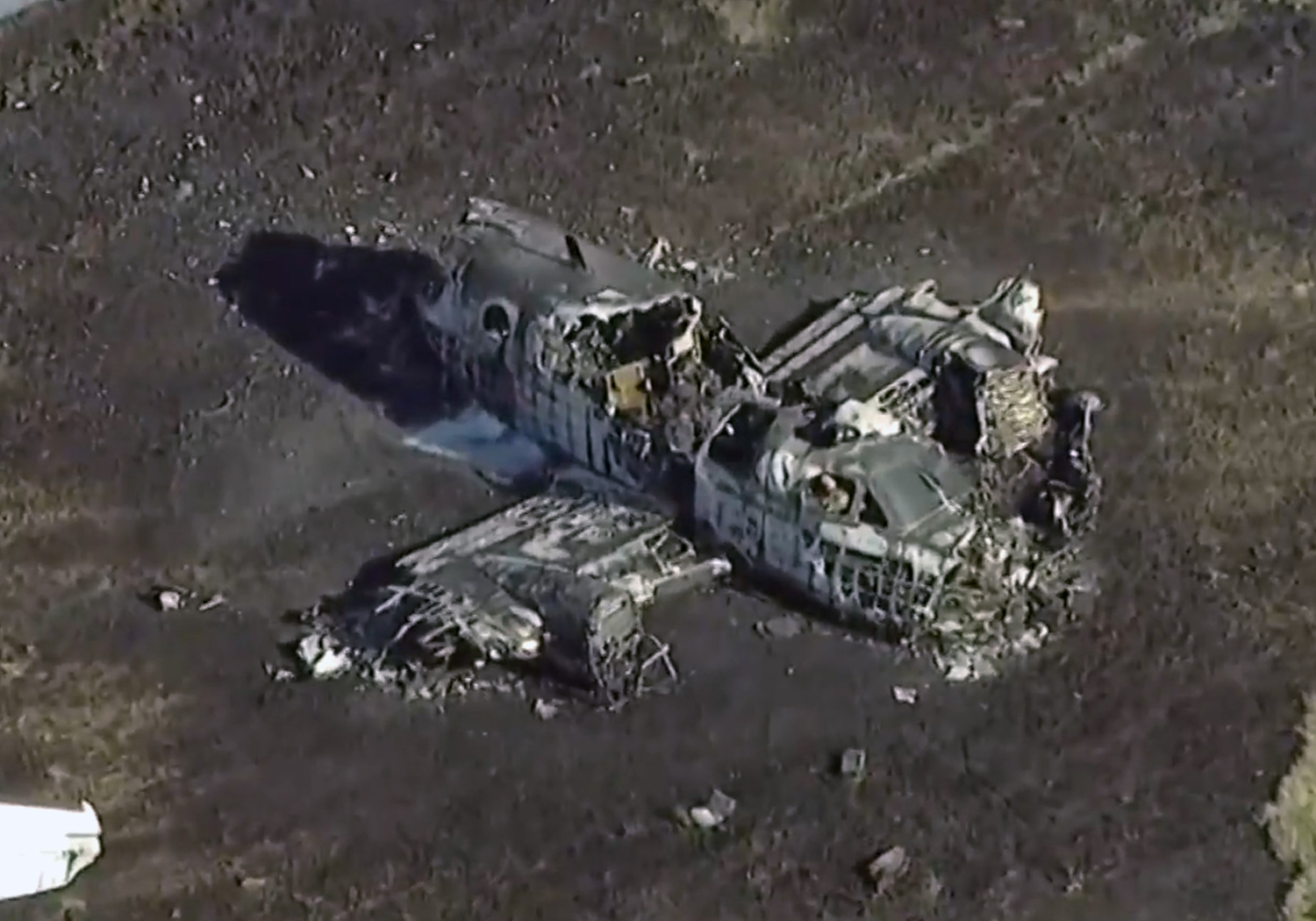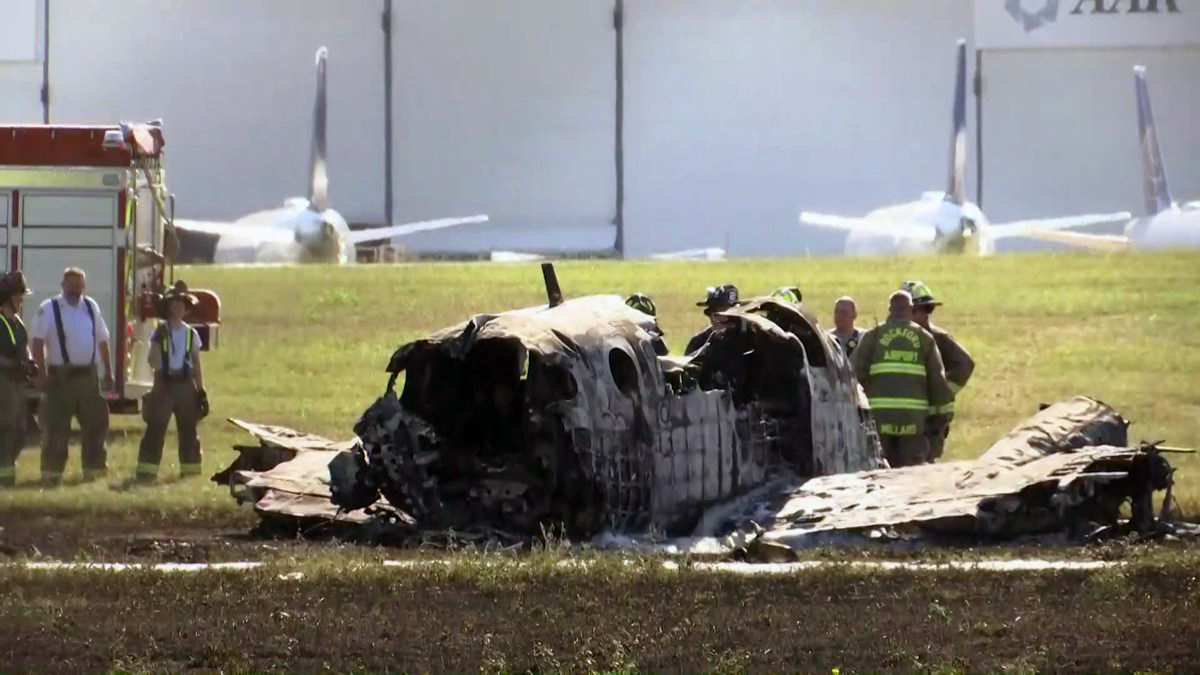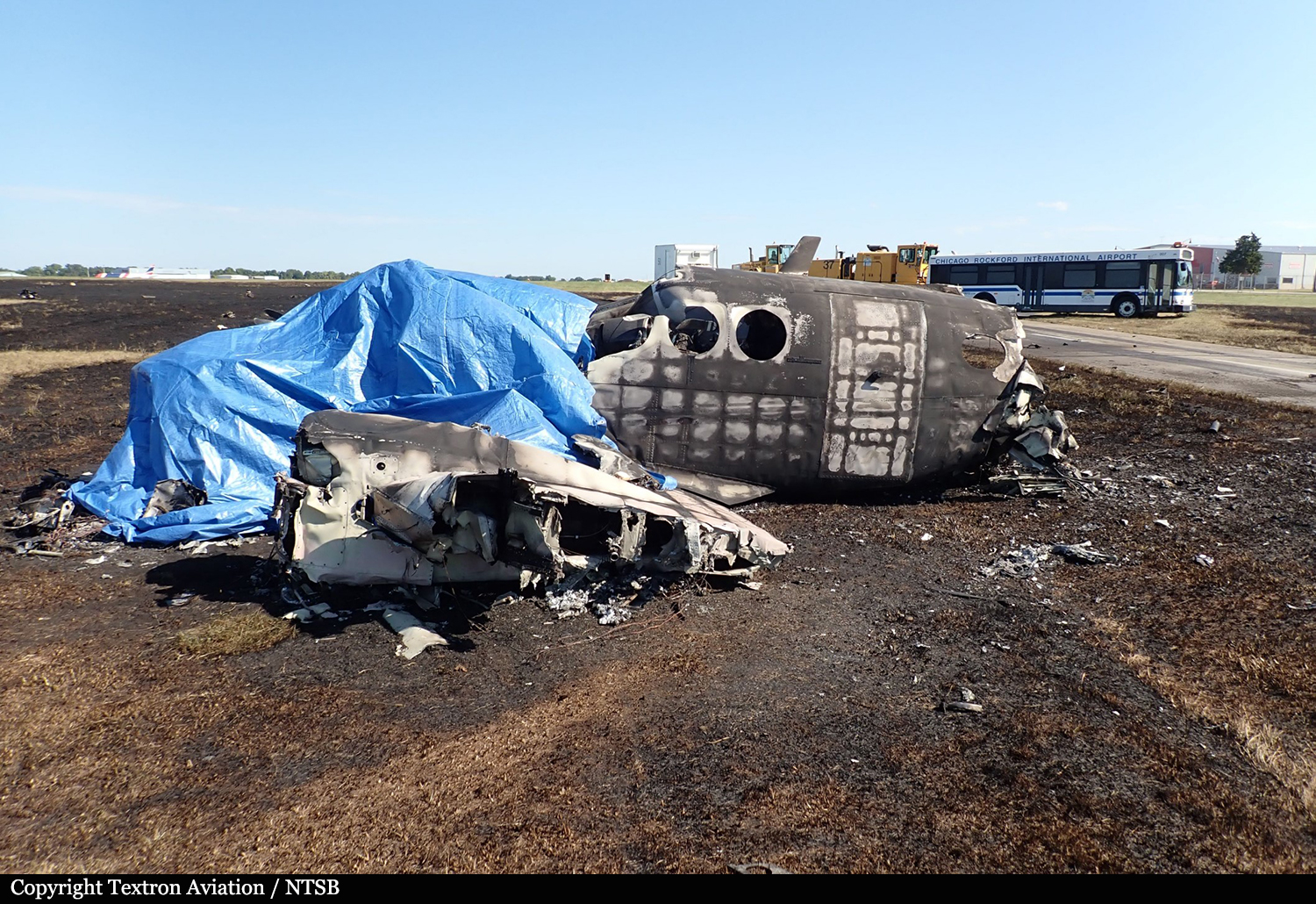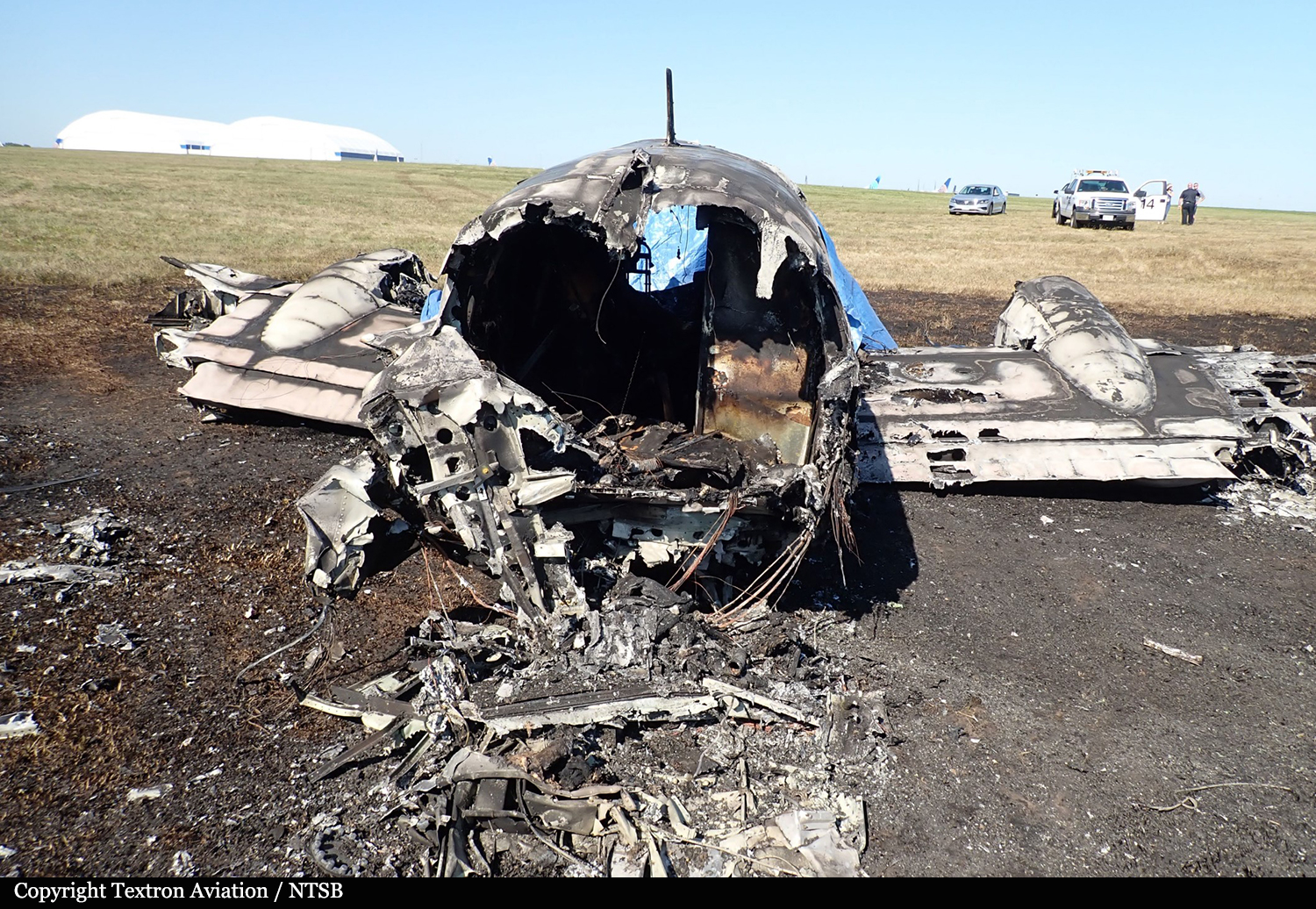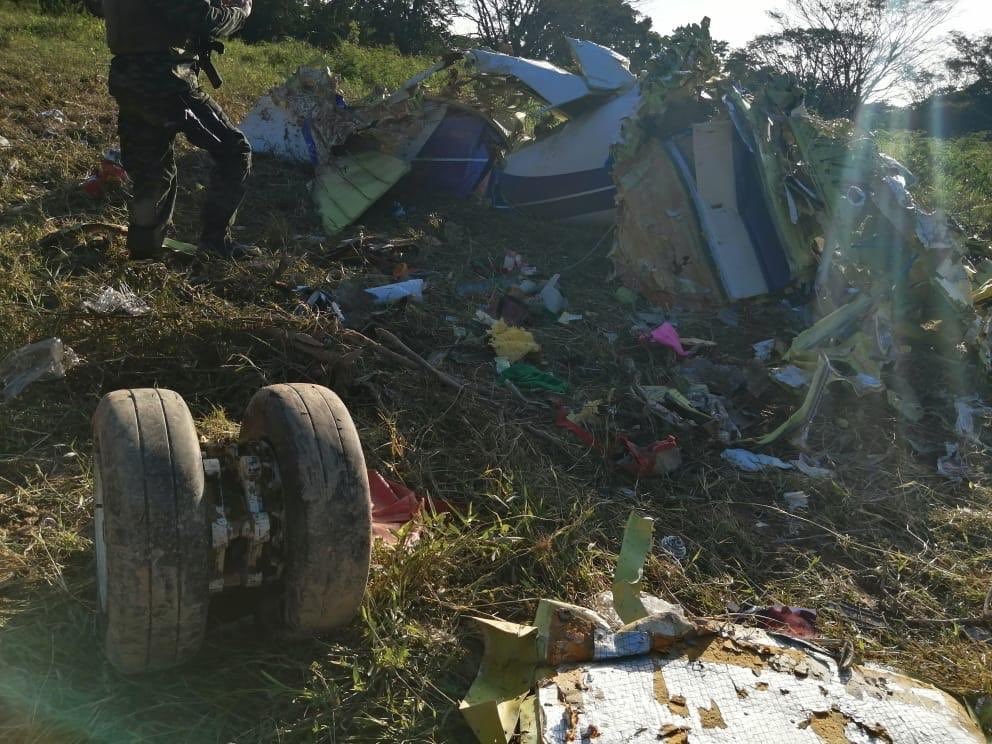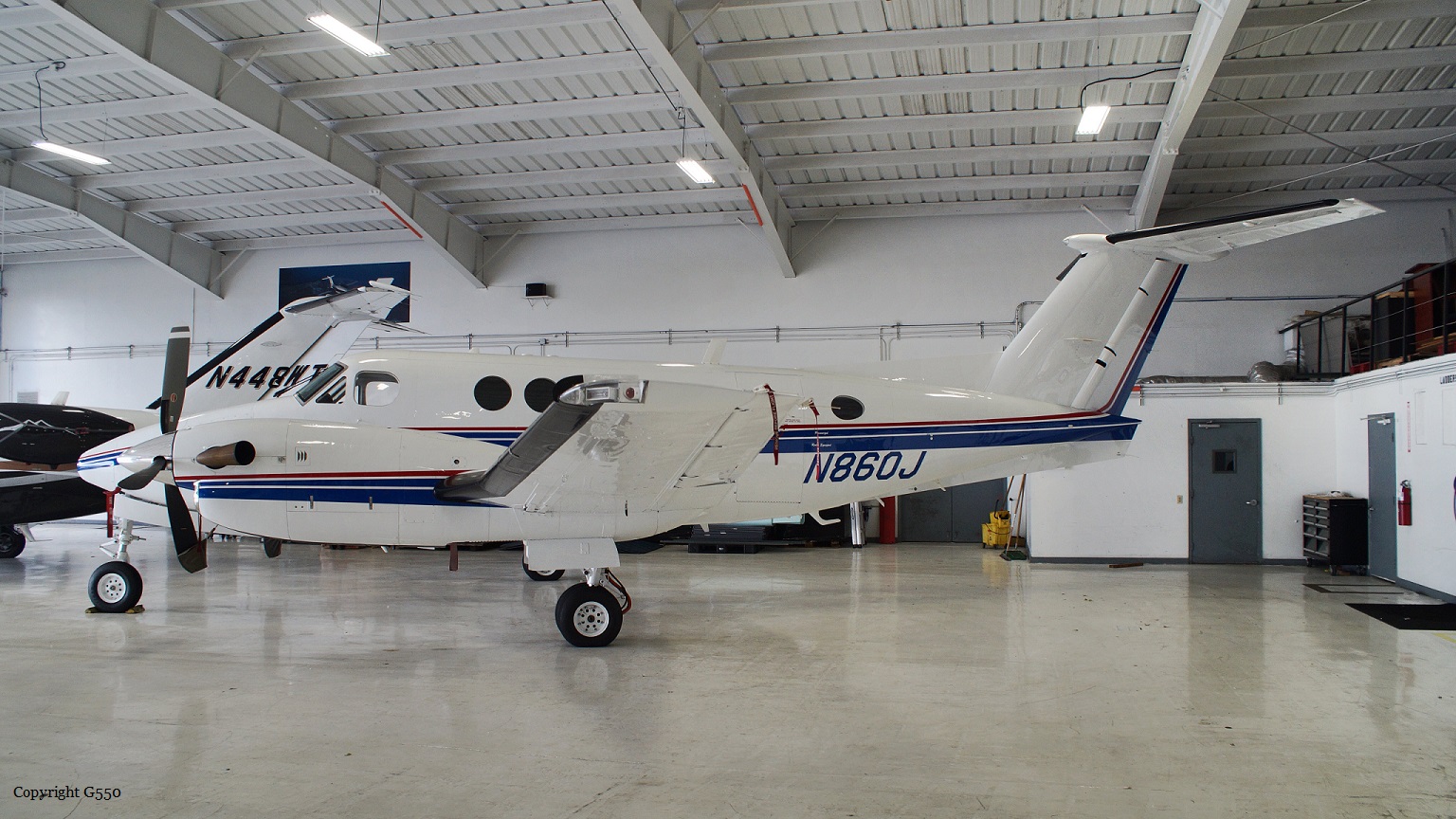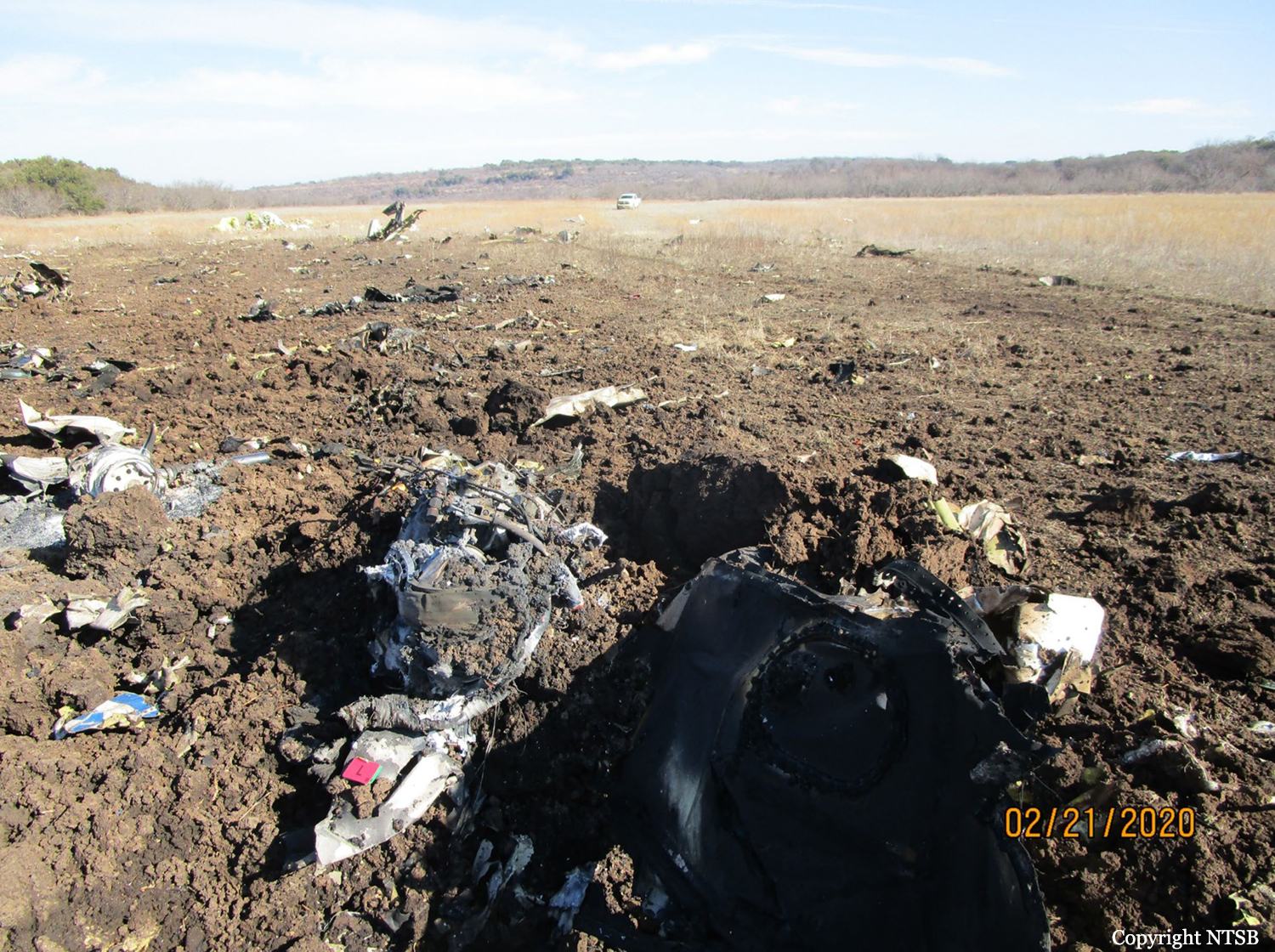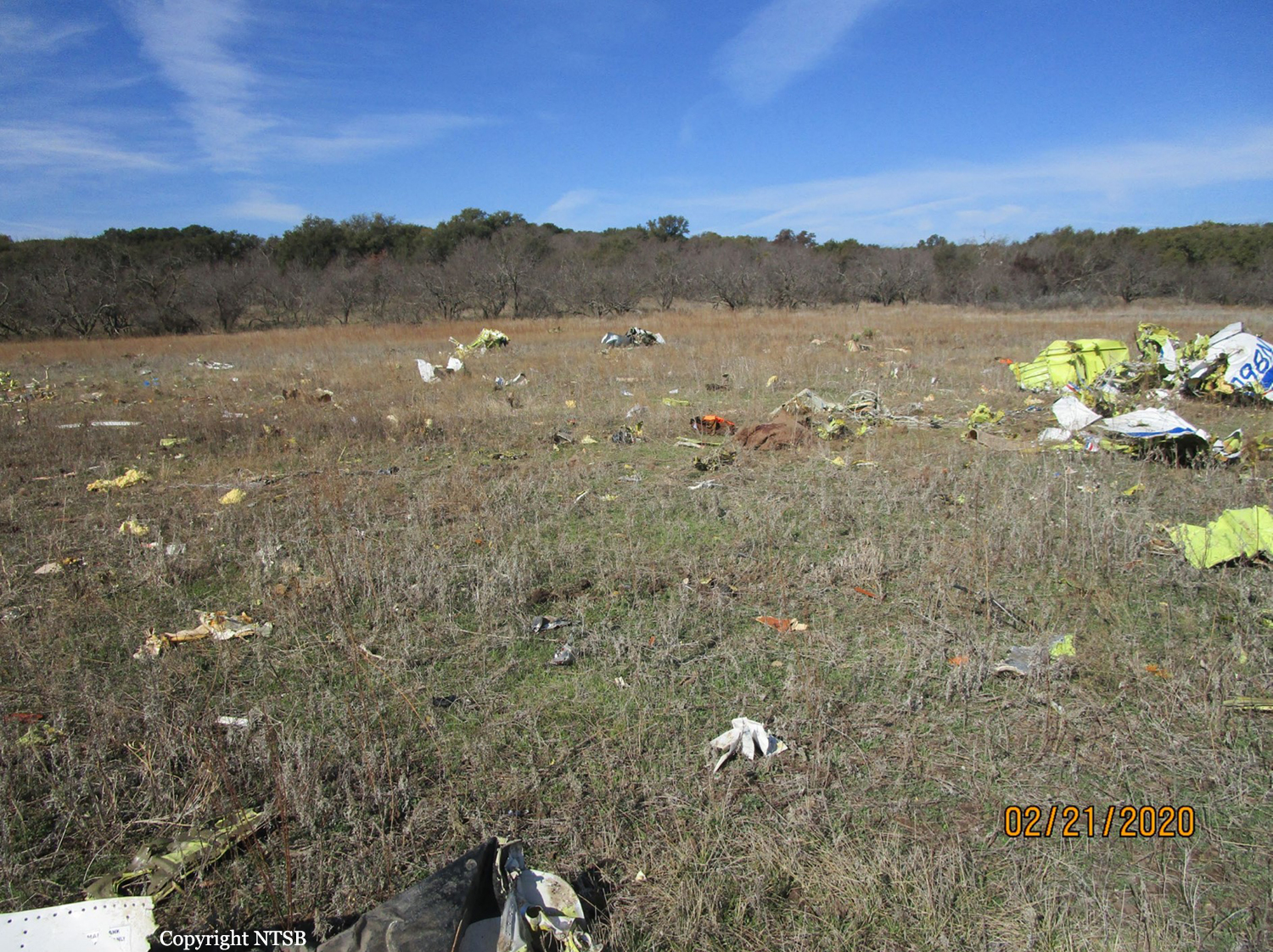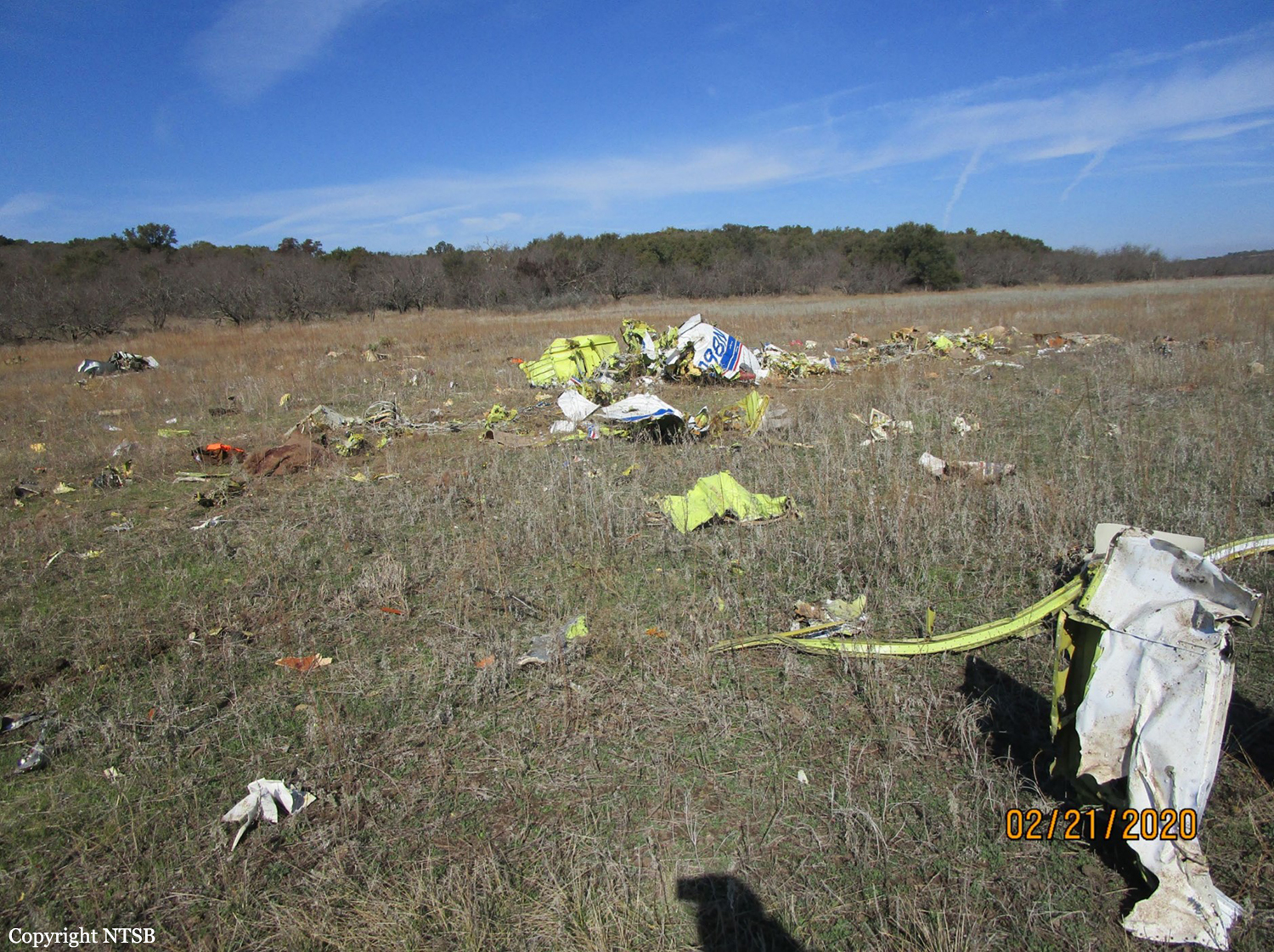Crash of a Beechcraft B200 Super King Air in Poplar
Date & Time:
Jan 18, 2023 at 0818 LT
Registration:
N200EJ
Survivors:
Yes
Schedule:
Billings - Poplar
MSN:
BB-1884
YOM:
2004
Crew on board:
2
Crew fatalities:
Pax on board:
1
Pax fatalities:
Other fatalities:
Total fatalities:
0
Captain / Total hours on type:
2068.00
Copilot / Total hours on type:
4137
Aircraft flight hours:
4538
Circumstances:
The pilot reported that while on approach for landing, the airplane started to lose altitude quickly. After the co-pilot noticed the high decent rate and the slow airspeed, he advised the pilot to add power. However, the airplane continued to descend and impacted terrain in a right wing and nose low attitude, about 30 yards short of the runway approach threshold, which resulted in substantial damage to the right wing. The pilot reported that there were no preaccident mechanical failures or malfunctions with the airplane that would have precluded normal operation.
Probable cause:
The pilot’s failure to maintain adequate airspeed and descent rate during the landing approach, which resulted in an impact with terrain short of the runway threshold.
Final Report:
